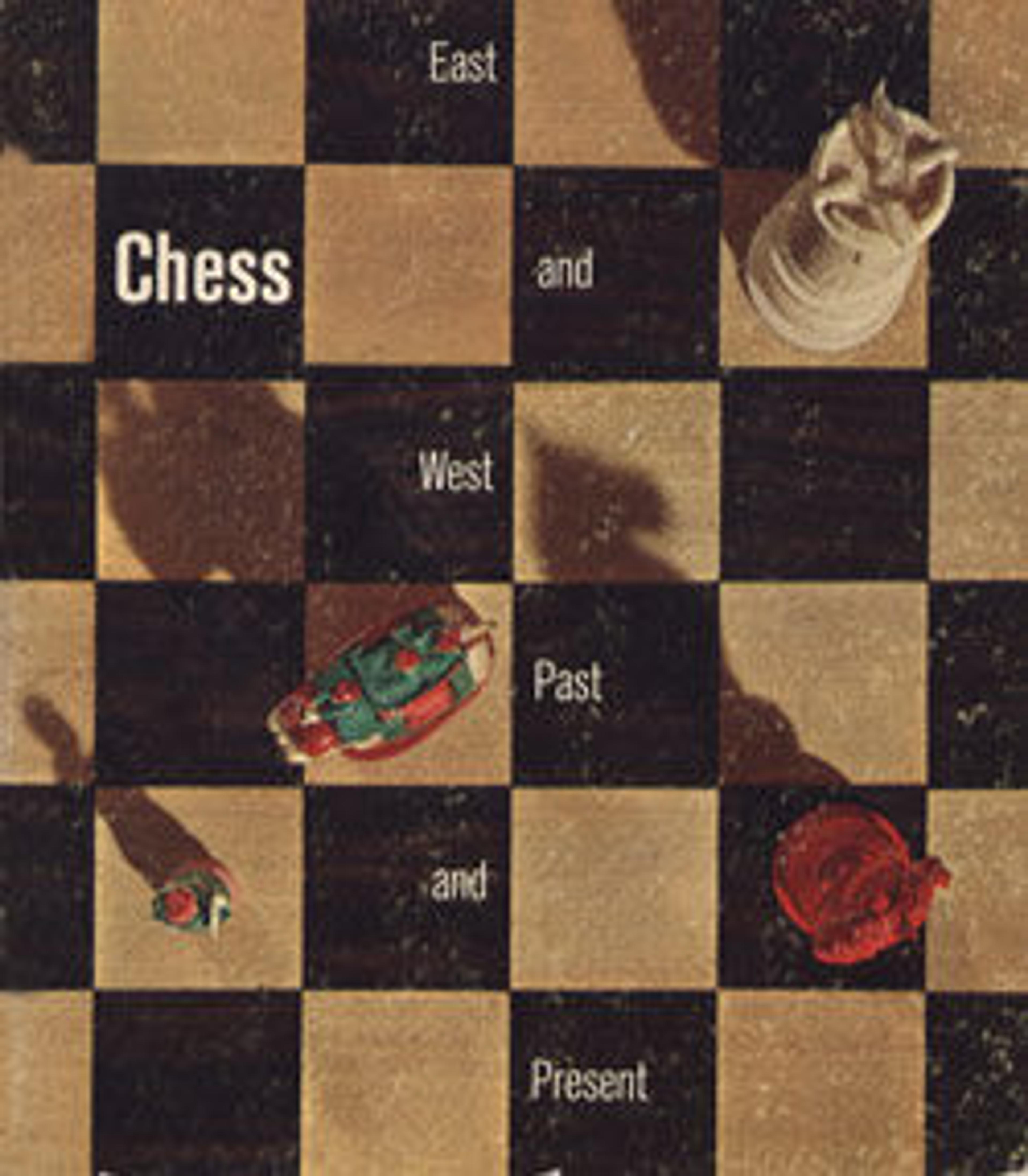Chessmen (32)
One player would have the shells for pawns with the aperture up, the other with it down. The knights alone give an indication of the original meaning of the game; they are the tallest pieces. Below the mane a classical leaf is set along the horse's back, probably an intrusion from Western art. the names of the pieces, translated, are lord, minister, nobleman, horse, and boat. In the last piece there is a correspondence with chess in Bengal, Java, and Annam, and also Russia, the sole country in Europe to substitute a boat for the rook. It has been pointed out that in Siam, Annam, and Russia, in the past, the principal means of transport was by water, and hence boats take the place of chariots or carts. When playing, the kings face the opponents queen, and the pawns are placed two rows in front of the major pieces, leaving an empty row between them. Similar pieces are used in Siam.
Artwork Details
- Title: Chessmen (32)
- Date: 20th century
- Culture: Cambodian
- Medium: Wood, shell
- Dimensions: Height (each king): 2 in. (5.1 cm);
Height (each pawn, approximate): 1/2 in. (1.3 cm) - Classification: Chess Sets
- Credit Line: Gift of Gustavus A. Pfeiffer, 1953
- Object Number: 53.71.203a–p, aa–pp
- Curatorial Department: European Sculpture and Decorative Arts
More Artwork
Research Resources
The Met provides unparalleled resources for research and welcomes an international community of students and scholars. The Met's Open Access API is where creators and researchers can connect to the The Met collection. Open Access data and public domain images are available for unrestricted commercial and noncommercial use without permission or fee.
To request images under copyright and other restrictions, please use this Image Request form.
Feedback
We continue to research and examine historical and cultural context for objects in The Met collection. If you have comments or questions about this object record, please contact us using the form below. The Museum looks forward to receiving your comments.
